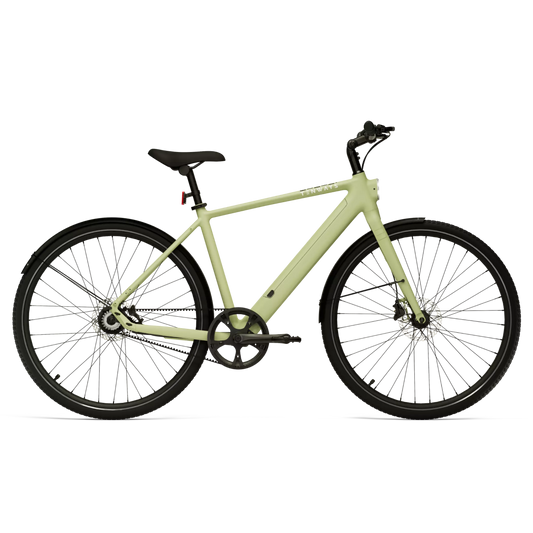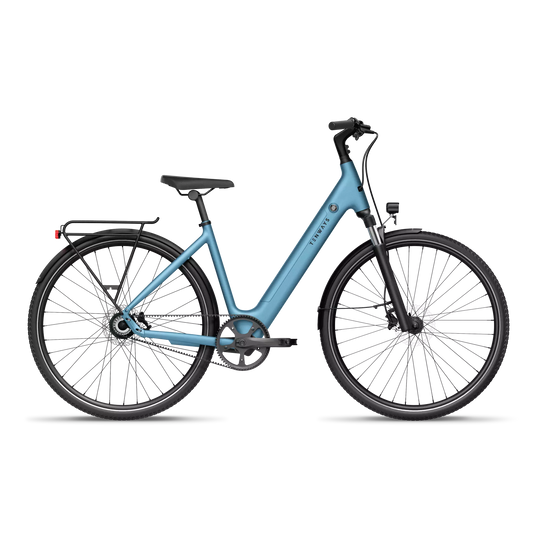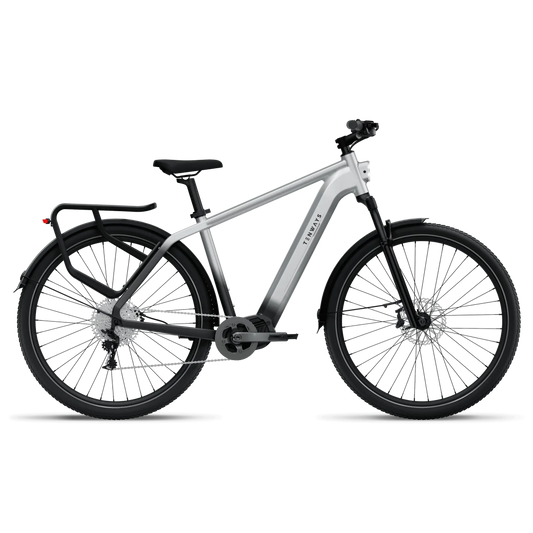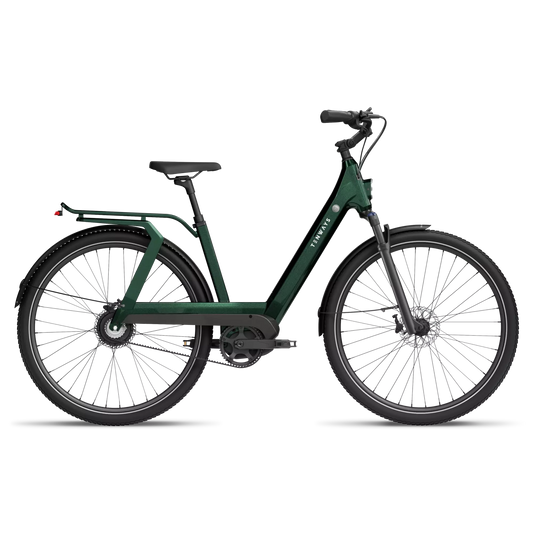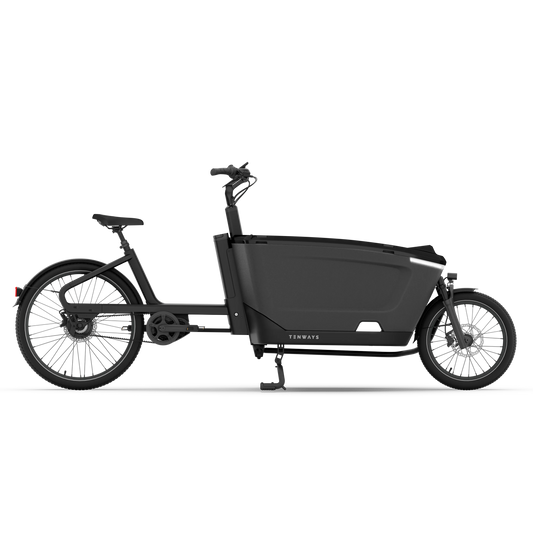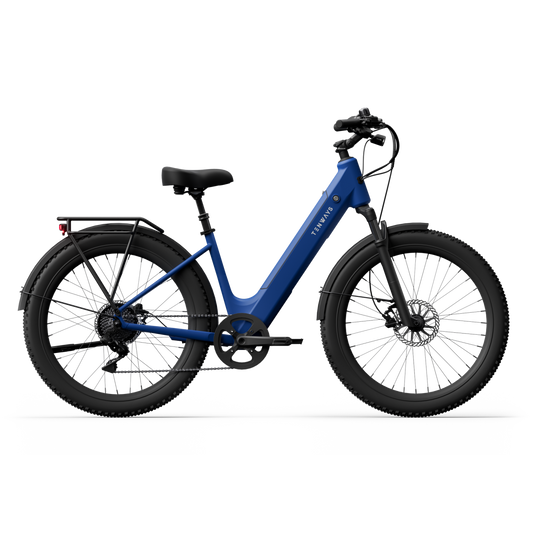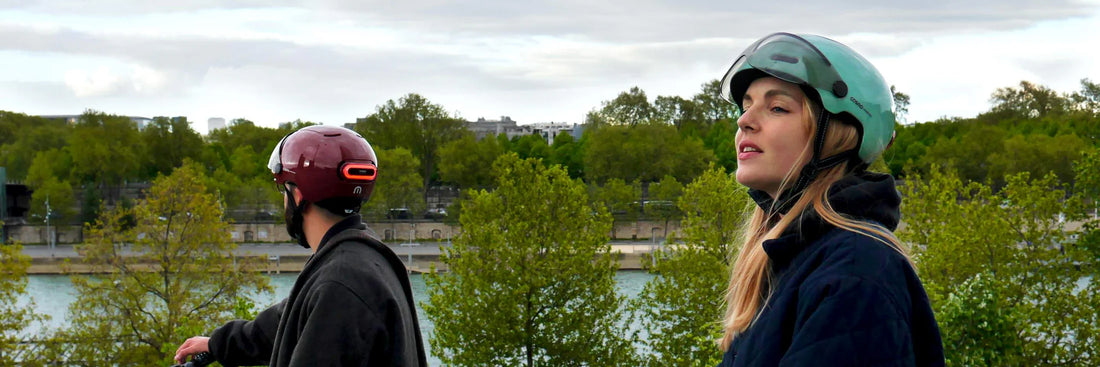Riding on an electric bike is an exhilarating experience, bringing freedom and convenience into your day. However, there are also factors on your ride that you cannot completely control, such as other road users and riding conditions, so you always need to prepare yourself with the right equipment to feel safe and confident on the road.
One of the most important precautions you can take is to wear a helmet, which will help protect you in the event of an accident. Although it's not mandatory in some countries, we'll explain why it should never be overlooked and how you can find the perfect fit for your lifestyle.
Why are helmets important for e-biking?
Helmets are important because they cushion your head from impact, reducing your chances of getting seriously injured in an accident. This study reported that helmets reduced head injuries by 60%, brain injuries by 58% and facial injuries by 4%. This is even more important for electric bike riders, who get it easier to ride at higher speeds than conventional bikes, thanks to pedal assist or when riding downhill. At greater speeds, accidents can result in higher impact forces, leading to more severe injuries.
A story shared on "eBike Chick" is a powerful reminder: Despite being knocked unconscious for 20 minutes, the helmet saved the rider's life by absorbing the impact from the crash. He stressed that even experienced riders can't control all variables, like inattentive drivers, and strongly advocates for helmet use. We also highly recommend one whether you're on a quick ride around the block or navigating busy streets, since it may make all the difference in preventing life-threatening injuries.

How to choose the right helmet
Make sure it fits and matches how you envision your riding style to be:
When you try on a helmet, it needs to sit flat on your head, with the front edge no higher than an inch above your eyebrows. It needs to feel snug but not too tight to be effective, and helmets usually have adjustable straps or features to help you find the perfect fit.
Think about your comfort level. Helmets usually come with adjustable padding on the inside for comfort and extra protection from minor bumps. Other comfort features are available, such as moisture-wicking pads, gel pads, or memory foam.
Think about the type of riding you'll be doing: for casual city rides, a standard helmet is fine, but if you know you'll be riding at high speeds, a designated e-bike helmet may offer more protection, or if you'll be encountering more challenging terrain, you may need a helmet with extra coverage, such as a mountain bike helmet.

Helmet safety checklist
It's important to ensure that your helmet meets relevant safety standards for optimal protection. Look for helmets certified with CPSC (Consumer Product Safety Commission) certification, which guarantees they have passed rigorous testing for impact protection, retention, and coverage, meeting the minimum federal safety requirements.
If you're riding an e-bike at higher speeds, consider a helmet with ASTM F1447 certification, designed to offer enhanced protection for e-bike riders. For mountain biking and more rugged terrain, helmets with ASTM F1952 certification provide extra durability and impact resistance, making them suitable for extreme conditions. Always ensure your helmet meets these standards for the best protection during your rides.

Here's some key helmet safety features you can also look out for:
Impact resistance - Helmets with MIPS (Multi-directional Impact Protection System) technology provide additional protection by helping to reduce rotational forces in certain types of impacts, protecting your brain from trauma and concussion.
Ventilation - A helmet with good airflow can prevent your head from overheating, helping you feel more safer and more comfortable, especially on sweaty rides.
Helmets can also be used for weather protection
There are various options that can shield your rides from the weather. Some come with visors that can block out the sun for clearer visibility. Waterproof helmets or helmet covers can keep your head dry in rainy conditions. For colder temperatures, helmet insulation can keep you warm while preventing you from overheating.

Conclusion
While helmet laws vary around the world, wearing a helmet is an important road safety precaution that can significantly reduce the risk of fatalities. Finding the right helmet for your lifestyle will also give you more confidence on the road, as you'll be properly prepared for your ride. There's a wide range of helmets that offer comfort, practicality and style for different riding and weather conditions, so you can feel at your best for your e-bike trips!
